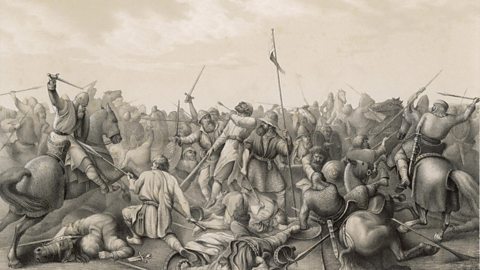More guides on this topic
- The Normans overview - Edexcel
- Anglo-Saxon society pre-1066 - Edexcel
- Edward's death and claimants to the throne - Edexcel
- Revolt, resistance and control in Norman England - Edexcel
- Norman rule - Edexcel
- Castles in Norman England - Edexcel
- The Church in Norman England - Edexcel
- The Normans - exam preparation - Edexcel
